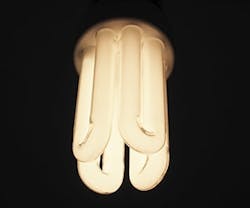New Energy Efficiency Standards for Fluorescent Lamps
As a part of President Obama’s Climate Action Plan, the DOE has released two new standards to improve energy efficiency efforts that apply to general service fluorescent lamps and automatic commercial ice makers.The latest benchmarks are expected to reduce carbon emissions by over 435 million metric tons and save homeowners and businesses up to $78 billion on electricity by 2030.
With the widespread use of fluorescent lamps, the DOE expects that the new standards will help reduce carbon dioxide pollution by 90 million tons. Noting that the lamps are used for an average of 4,000 hours in the commercial environment and 4,500 hours in the industrial sector every year, the DOE estimates that the updated efficiency requirements will save over $15 billion on electricity.
The new mandates will also apply to automatic commercial ice makers commonly used to keep beverages, fresh food, and other products cold in places such as hotels, restaurants, grocery stores, and office buildings. The rule is expected to cut 4 million metric tons of carbon emissions and save almost $600 million on electricity through 2030.
Concerned about the rising cost of lighting? Demonstrate some payback by implementing one of the 6 Lighting Retrofits with Dramatic Benefits.
